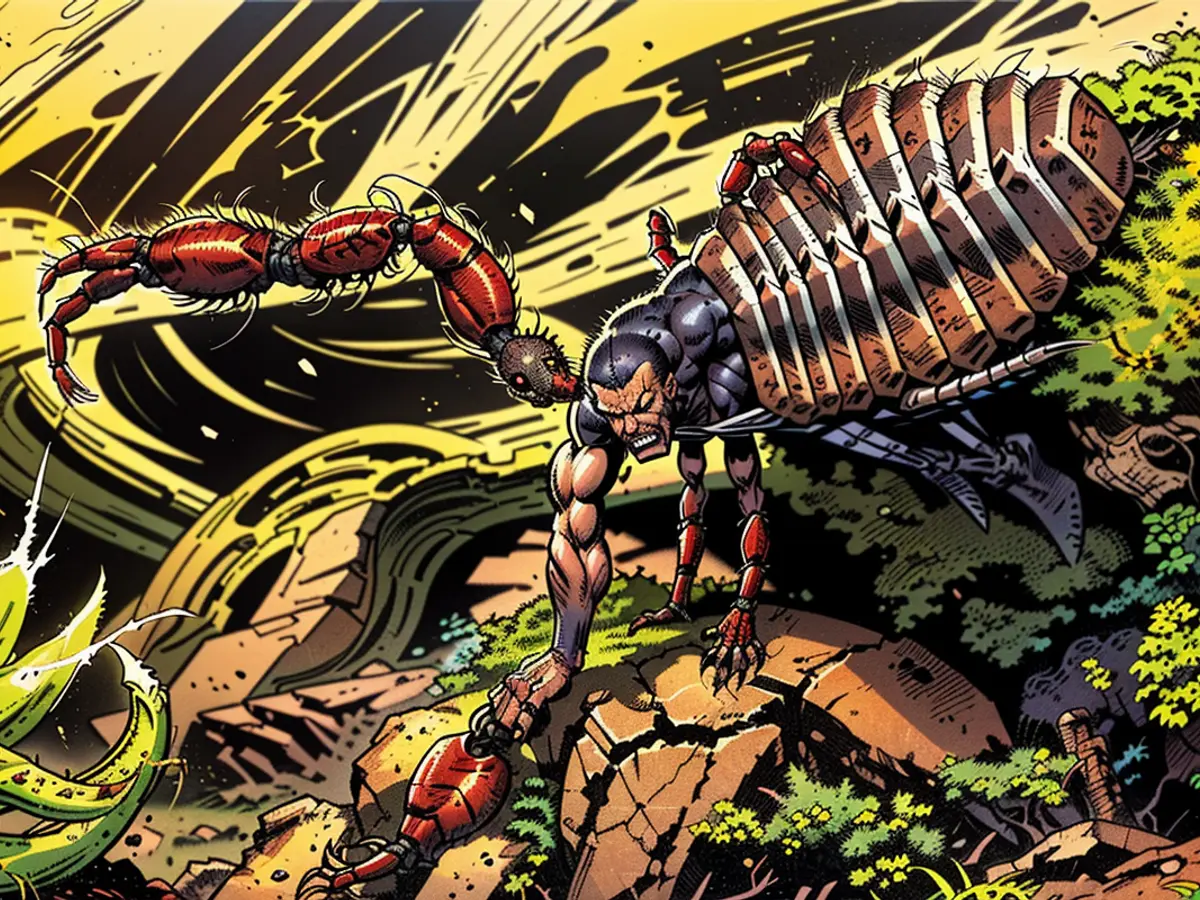Poison from the Book Scorpion Kills Hospital Germs
German Researchers Discover That the Venom of the Book Scorpiion Has a "Surprisingly Strong Effectiveness" Against a Dangerous Hospital Germ. The Discovery Could Save Many Lives, But Several Hurdles Must Be Overcome on the Way to a Drug.
"According to forecasts, antibiotic-resistant infections could become the leading cause of death from disease in the next few decades," says Michael Marner. He is a co-author of a study by the LOEWE Center for Translational Biodiversity Genomics (LOEWE-TBG), published in the journal "iScience". In it, the effectiveness of the venom of the book scorpion against a particularly dangerous hospital germ that is resistant to the antibiotic methicillin is demonstrated.
"Animal venoms are a treasure trove of potential drug candidates, but only a small part has been investigated so far," explains study leader Tim Lüddecke. "In my group, we have developed modern systems biology and biotechnology methods to specifically research the difficult-to-analyze, very small venomous animals. We focus particularly on spiders. They are so to speak the master chemists among the venomous animals: their venoms are particularly complex and pharmacologically promising."
The scientists did not have to travel far for this. The book scorpion, which is only a few millimeters long, is widespread worldwide and can also be found in Germany. It lives in old buildings, libraries, archives, and cellars, where it hides in cracks, behind books, or in other dark, damp corners. The little crawler is useful because it hunts, among other things, dust mites and lice.
It belongs to the pseudoscorpions, which with more than 3000 species represent a large group of spiders. They look similar to true scorpions with their long pincers compared to their body, but their abdomen is not divided and they do not have a long tail with a venomous sting.
Toxins Artificially Produced
In pseudoscorpions, the venom glands are in the claws. Because they are so tiny, it is difficult to analyze the venom of these animals. However, the research team of LOEWE TBG has now succeeded in artificially producing and investigating the activity of all known members of a toxin family of the book scorpion in the laboratory. In doing so, they have discovered a surprisingly strong effectiveness against a known hospital germ, the so-called methicillin-resistant Staphylococcus aureus (MRSA), the scientists write.
This involves bacteria that are commonly found and mainly inhabit the skin and mucous membranes. The peculiarity of the MRSA variants is that they are resistant to the antibiotic methicillin, which causes difficult-to-treat infections in humans, among other things, after surgical procedures.
Not Only Positive Effect
The toxin family analyzed by the scientists has been named "Checacine". To quickly and efficiently find out more about the mode of action of this previously unknown toxin class, various working groups of LOEWE TBG tested the activity of the toxins against tumor formation, bacteria, and inflammation in parallel.
"Our data show that the Checacine unfortunately also have a certain toxicity for human cells and could potentially trigger inflammatory reactions themselves," says co-first author Pelin Erkoc. "We must therefore, like other drugs, optimize their structure and thus also their effect through biotechnological methods."
"Therefore, several hurdles remain to be overcome before a potential pharmacological application, but the potential of such substances is already evident, the research team writes. 'Our new findings on checacines demonstrate the value of closely examining the unknown universe of toxins from small arthropods,' says lead researcher Tim Lüdecke."
The discovery of the book scorpion's venom's effectiveness against MRSA could potentially be utilized in hospitals, as this germ is often responsible for difficult-to-treat infections after surgeries. The hydrophobic toxin family named "Checacine," found in the book scorpion, showed a surprising strong effectiveness against MRSA, but further research is needed to optimize its structure and reduce potential toxicity and inflammatory reactions.
While the venom of the book scorpion holds promising potential for treating hospital infections, the toxin family, specifically the Checacine, must undergo further study and modification to ensure its safety and efficacy for potential pharmacological applications in hospitals.







